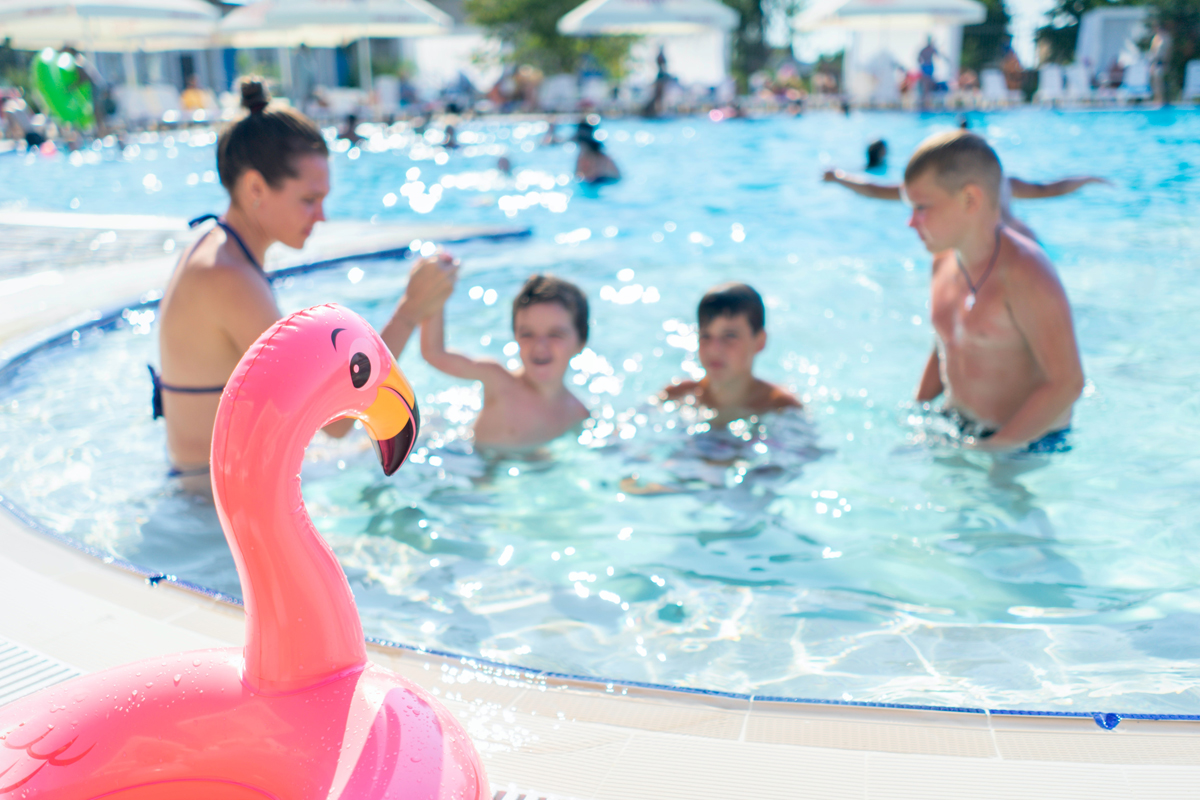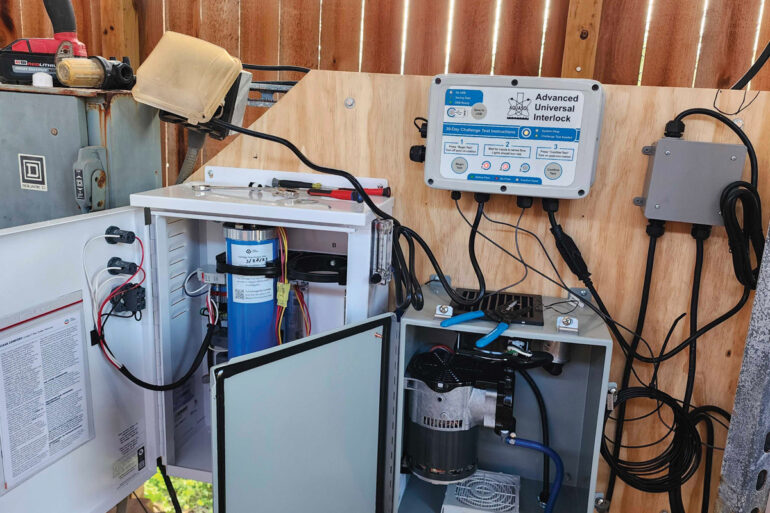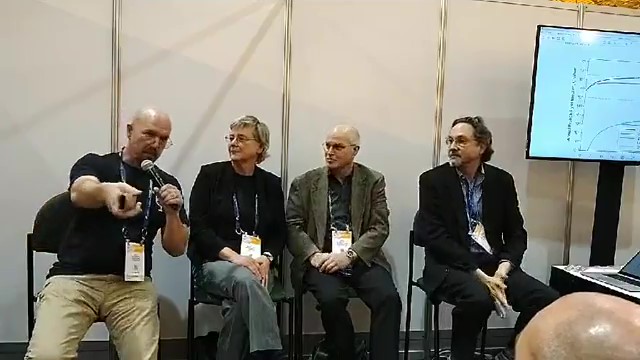Evolution, Not Revolution

I got involved with the process of developing the Model Aquatic Health Code in 2005. United States Centers for Disease Control and Prevention sponsored a workshop at the request of the Council of State and Territorial Epidemiologists. Since the ’90s they had seen an increase in pool-related illnesses. It was difficult to address because health department regulations around the country were extremely diverse; there were/are inconsistencies amongst the codes, and not everything was up to date. One of the outcomes of that conference was a recommendation that the CDC develop a national model swimming pool code to not only deal with recreational water illnesses but also injuries, operational aspects and supervision. The process to develop the MAHC started in 2007.
What Is the Model Aquatic Health Code?
The MAHC is a model code, and it does not have any force from a regulatory standpoint until it’s adopted by a jurisdiction. Our goal and the ideal would be to have every health department and jurisdiction adopt the model code. One of the goals is to have consistency around the country with a code that is as science-, evidence- and data-driven as possible.
The MAHC is a CDC product. All this effort has been put into creating a code, but now you’ve got to keep it updated. The industry changes, technology changes and we wanted it to stay current. The Conference for the Model Aquatic Health Code’s, a nonprofit organization formed in 2013, role is to now take over the process of keeping it current. The CDC doesn’t have the staff and resources to do that. Every two years, CMAHC will have a conference where proposed changes to the MAHC will be evaluated and voted on by membership for updating. Our first conference for code change is this October. We’re collecting, assessing and relaying the national input back to CDC for final consideration for acceptance. CMAHC’s role also includes advocating for health and safety in aquatics, providing technical assistance, interpretations to the health departments, legislators and end users. Whoever needs input, we’re there for them. Another important role is coordinating, prioritizing and organizing research needs to keep the MAHC updated.
Adopting MAHC
It’s very frustrating for the aquatics community to have different regulations where you can do something in one area but it’s prohibited in another. That drives the industry nuts — and rightfully so. Having the same standards, defensible and science-based, benefits everybody.
A lot of times when you’re dealing with business and regulations, the industry’s perspective is, “They’re trying to thrust something on us, force us into something that we don’t have a say in, may not agree with and it may not be good for us.” The MAHC was a collaborative effort of not only health departments but also all facets of the pool industry: Operators, designers, equipment suppliers and manufacturers were all part of its development, and it reflects everybody’s input.
It’s been getting a very good reception. We have a couple health departments actively in the process of adopting it. We’ve got others looking at it. A number that don’t have up-to-date codes have been using it as a reference and defaulting to it when their own code does not adequately address something, even though they haven’t officially adopted it. Still other industry folks have been fashioning their training programs to be MAHC compliant.
In order to get the MAHC adopted locally, pool professionals in favor of it should talk to their health departments to see if they’re aware of it and encourage the health department to adopt it.
When we were developing the MAHC, one of our mantras was “evolution, not revolution.” There are areas that may make sense from a public health and safety standpoint, but you can’t go from zero to 60 in one move. For instance, we know UV or ozone systems, when properly designed, are effective against crypto. From a pure public-health standpoint, we want every pool to have UV or ozone treatment installed. But with the cost impact of retrofitting all the aquatics facilities, we would end up undermining the whole process. There is growing evidence of the benefits of aquatics and swimming, and it’s becoming more and more popular. We don’t want to do anything to undermine increased use and increased participation in swimming. But at the same time, there’s identified, recognized risk factors — and health and safety issues — that need to be addressed so you can have those aquatic benefits without the health and safety risks. It’s a balancing act. So in the case of UV/ozone, the MAHC requires it for new construction of increased risk aquatic venues.
CMAHC Membership
Only members of CMAHC can vote on code changes. Unlike the drafting of the code where we had public input, we responded to that public input and made changes that the CDC incorporated and then published in the first version of the MAHC, any proposed new changes are strictly driven by membership vote.
Currently, we’re in the formal review process. The submittal period for change requests is now closed. But, if there was a section in the MAHC that somebody wanted modified, edited, deleted or expanded, they had the opportunity to submit a change request. But they also had to provide documentation to support that request. We have a technical-review committee of industry and health-department people that are now vetting the more than 150 submitted change requests. On the CMAHC website, there is a members-only area where members can see, in detail, all the submitted code changes. They can also submit comments and documentation to the technical-review committee in support or opposition. At the October conference, members will vote on whether to accept the proposed changes. We encourage people to be at the conference, but we’re also going to live-stream the two days and have electronic voting. There is a $40 fee to join CMAHC that covers two conferences, which will take you through the 2017 biennial conference. We purposely kept the price low so it would not be a hindrance for participation.



